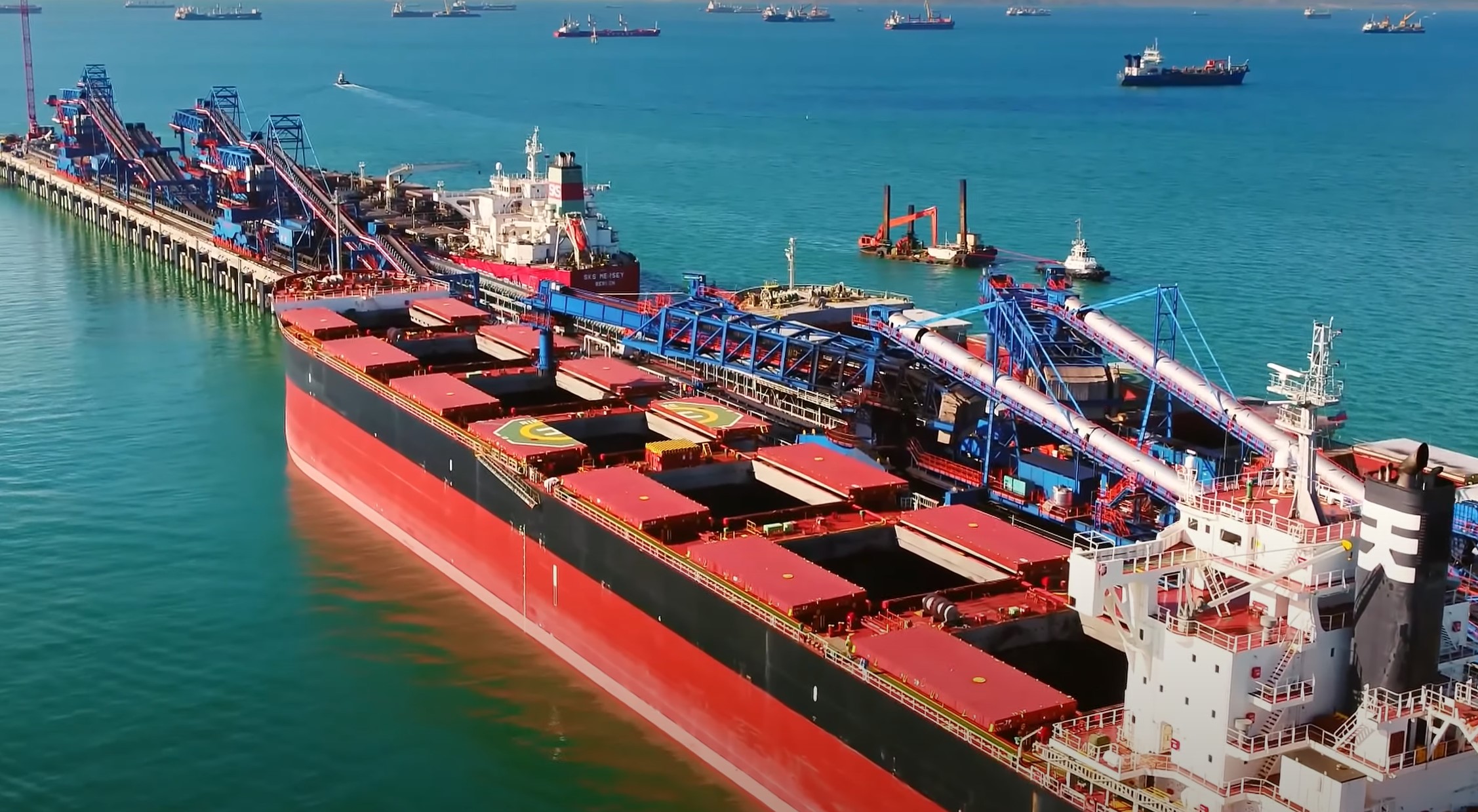

(Montel) European coal prices have risen sharply this week as lingering Atlantic basin supply limitations and surging South African prices underpin the market.
The front-quarter API 2 contact rose 6% from Friday’s settlement to USD 56/t – more than a two-week high – while the front year was up 5.5% at USD 57.15/t, on Ice Futures.
Despite somewhat tepid physical demand, a persisting shortfall in supply from Colombia – resulting in a higher dependence on Russian material – declining port stocks and a seasonal pick-up in generation demand kept the market somewhat supported.
Inventories at four key Amsterdam, Rotterdam and Antwerp (ARA) dry bulk terminals have diminished to their lowest levels since May 2018 of 4.95m tonnes. This was down nearly 2m tonnes from the same time last year, according to Montel estimates.
“Stocks have been ticking lower for a while now,” said a London-based coal broker. But he noted this was unlikely to stimulate much more spot demand.
“This won’t really worry people, as there’s enough coal,” he said, pointing to plentiful supplies coming from Russia. “So it’s easy enough to call on tonnes.”
Meanwhile, management and union negotiations at Colombia’s key producer Cerrejon remain in stalemate, meaning a strike – which has lasted since late August – will persist at least into next week, when further talks have been scheduled.
South African support
The market has also drawn some indirect support from the South African market, where the benchmark Richards Bay index has jumped 12% this week to USD 68/t.
“Physical markets again saw the main focus remain on the prompt [Richards Bay] as demand from China and India underpins recent price gains,” said broker Global Coal in a note.
A December-loading Richard Bay cargo traded on Thursday at USD 69/t.
But participants said the market fundamentals did not warrant such high prices– despite the ongoing threat of strike action and some capacity constraints – with some of the support attributed to “aggressive bidding activity” by trading houses. (See p.2).
Meanwhile, the so-called La Nina weather pattern, which can hamper coal production activities due to heavy rains while stimulating fuel demand in China, could last until May, according to the latest forecasts.
The US National Oceanic and Atmospheric Administration said late on Thursday there was around a 95% chance that the weather pattern would continue until March, and a 65% likelihood of it lasting until May.
The event is generally associated with above-normal rainfall in affected areas, including key coal producers Australia and Indonesia. But it can also lead to colder-than-average temperatures in China and other consuming nations, triggering increased demand for power generation fuels.
“If history is a reference, this will mean colder-than-normal weather in Asia and flooding in Australia,” said a UK-based coal strategist with a utility.
But others were more cautious.
“I have been let down so many times by those forecasts that I would not rush to price it in,” said a coal analyst with a Singapore-based trading house.
Speaking this week on the Montel Weekly Podcast, Diana Bacila, senior analyst at Swiss utility Alpiq, said La Nina – combined with other disruptions, such as the strike in Colombia – could result in a supply shortfall this winter.
“There are, let’s say, a mix of drivers which point to some sort of tightness,” she said.
However, an ongoing ban on Chinese imports of Australian coal would partially offset the decline in global supply, the analyst said.
Source: Montel
Follow on Twitter:
[tfws username=”montelnews” height=”700″ width=”350″ theme=”light” color=”#FAB81E” tweets=”2″ header=”yes” footer=”yes” borders=”yes” scrollbar=”yes” background=”yes”]













